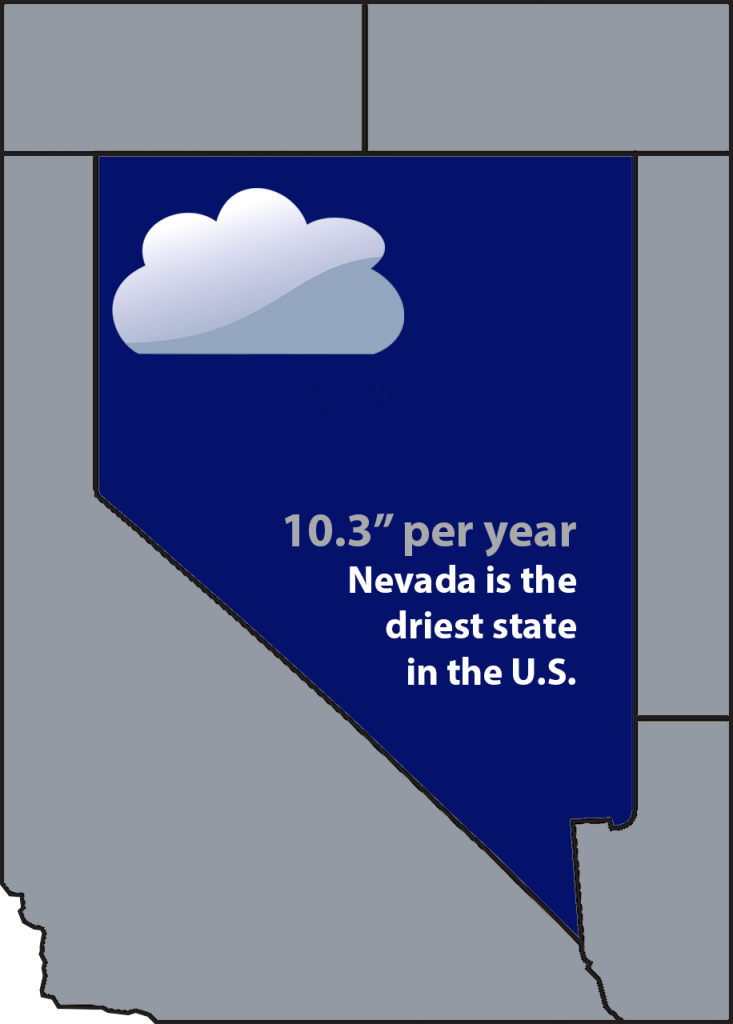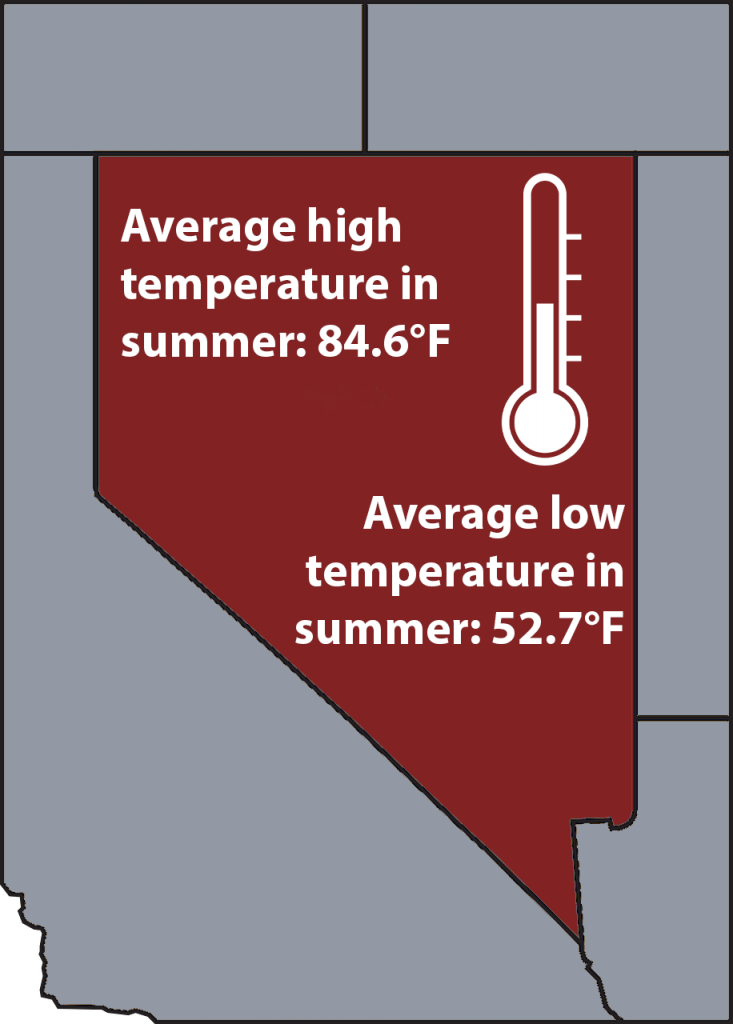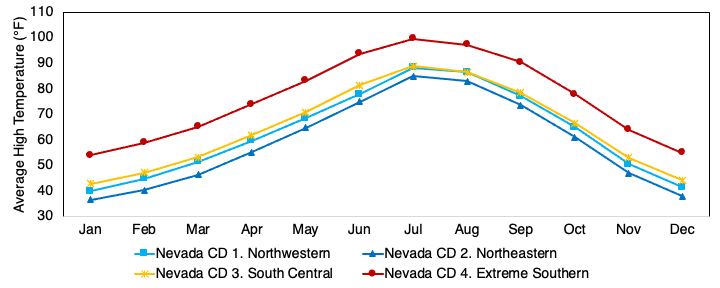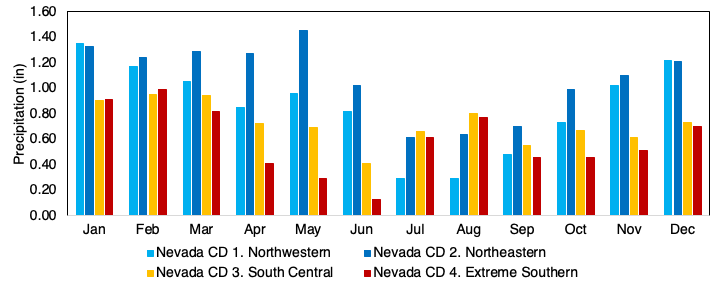The Sierra Nevada wring moisture from winter storms that develop over the Pacific and travel west with the jet stream, while the Rocky Mountains shield the state from any moisture moving up fro the Gulf of Mexico. The dry air over the state contributes to extreme temperatures. Summers are hot, particularly in the southern part of the state, while winters can be cold.
Positive thinking is the main part of emotional intelligence. Why? Because EQ is associated with managing emotions and situations in a positive way, as well positive thkinking as with the awareness of the positive meaning of any emotions. Imagine that you promised to submit a report to the manager, forgot about the deadline, went on a business trip. Of course, you are very upset, remembering how important this is, and you feel guilty, helpless … Instead of discovering a mistake and thinking about the opportunity to change the situation, you are drowning in a sea of negative emotions, self-flagellation and “gnaw” yourself: “Why did I forget ?”, “I should have been reminded”, “I can’t do everything”, “I’m like a squirrel in a wheel”, “I’m tired of these requirements”, “I don’t have time for anything” …



Annual averages for the 20th century (1901 – 2000) are from NCEI Climate at a Glance.
Nevada is a large state, which means we see slightly different trends depending on which part of the state we’re talking about. In the southern part of Nevada, average high temperatures range from the 50s in the winter to nearly 100°F in July and August. Those are monthly averages. Daily high temperatures can be higher, like the state record high temperature of 125°F. In contrast, winter high temperatures in northeast Nevada are barely above freezing and reach only to the mid-80s.

Nightime lows in much of the state are, on average, below freezing from October through April. In the spring and fall, particularly, nighttime lows average near freezing while highs average in the 60s or 70s. For all we think of southern Nevada as a hot desert, average low temperatures are in the 30s from December through February. But by summer, nighttime temperature averages only drop into the low 70s.

Nevada is the driest state in the country! Average annual precipitation state-wide may be 10.3″, but it is lower in southern Nevada — only 7.1″ — and higher in northeastern Nevada, averaging 12.85″. Beyond the difference in the amount of rain and snow, there are differences in when, during the year, precipitation arrives. In southern Nevada, the summer is relatively wet, but in northern Nevada, the summer is usually quite dry.


